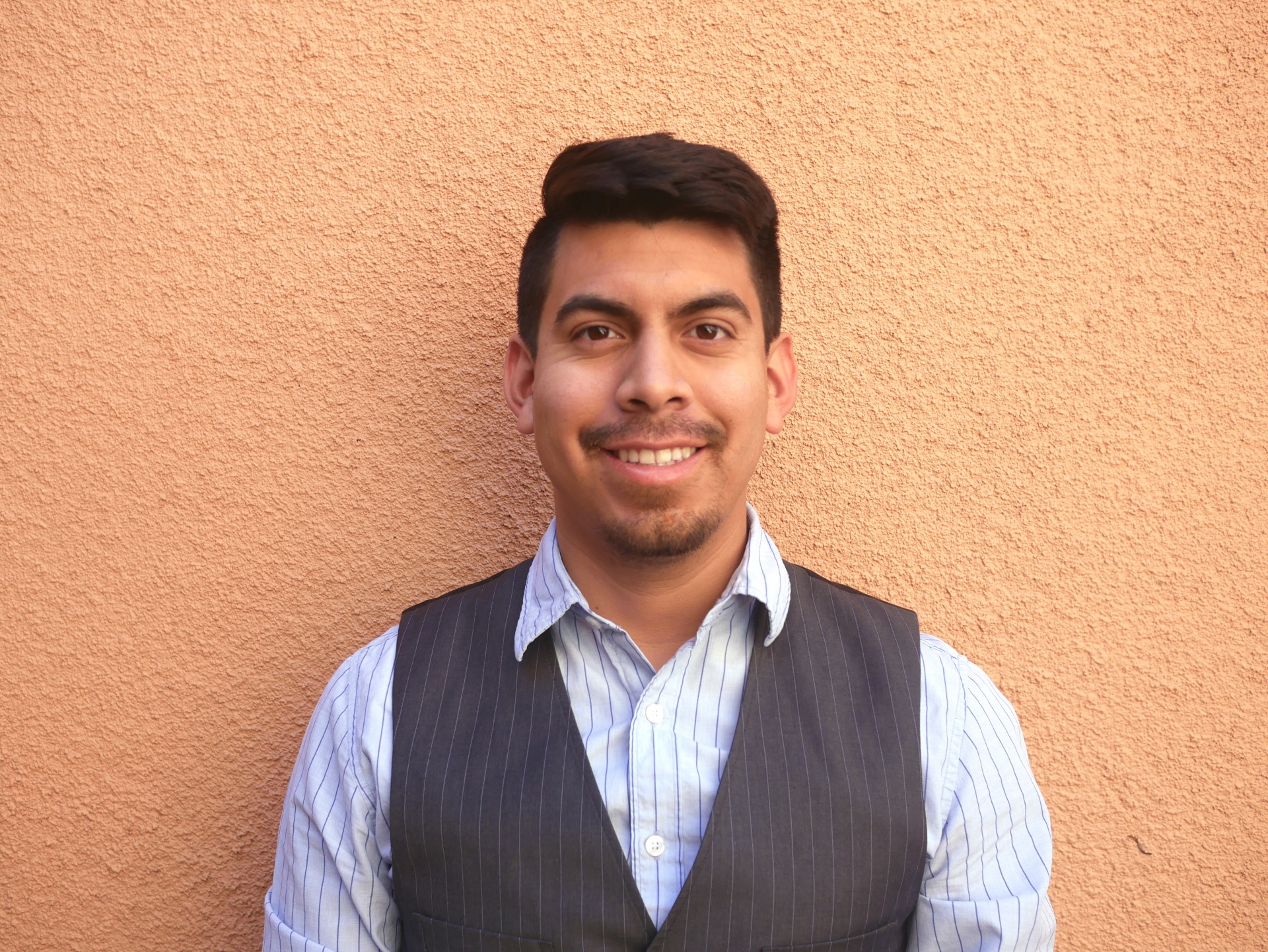Teaching Teachers & Students: CED Student Teacher Creates Vital Digital Resources for Area School Sites
Like many College of Education student teachers, SchoolsFirst Federal Credit Union Urban Dual Credential Program (UDCP) student Albert Morales, found himself needing to pivot quickly when area schools shifted suddenly to virtual learning in March due to COVID-19. Drawing upon UDCP program training and knowledge of the adaptability of technology, Morales created a multi-pronged approach that sought to engage and serve all of his students based on their support needs. This tailored approach aimed to lessen the stress felt by Morales’ students at the sudden change in learning environment. Sharing the important and critical role teachers play in the lives of their students, Morales said, “We essentially were one of the guarantees and stability in these children’s lives, so we had to quickly learn how to provide not necessarily the same type of comfort, but the same amount of comfort just delivered differently.”

Morales quickly adapted and delivered a menu of options to his school sites, their students and families. Gathering all of the schools’ available resources allowed Morales to think through how to adapt those familiar resources in different ways to fit distance learning requirements. “For example, nowadays, we can scan any document and essentially turn those scanned pages or images into an e-book,” Morales shared. “You can then expand on this by recording a voice-over for students who need that extra support. We could expand even further by adding translations in other languages for ELL [English Language Learning] and adding annotations like highlights and font sizes. Lastly, I would add interactive components to the e-book like questions for checking of understanding. These questions would be in multiple choice, draw, match, and even upload a video or audio of your response. This is taking technology and resources we already have and growing on them.”
Moving beyond the available and familiar resources, Morales began looking at resources and platforms more commonly used in the for-profit sector, that could be adapted to suit educational needs. Using video conversation forms and chatbots allowed Morales to further engage with students and answer questions. A video platform allowed students to ask questions and see Morales along with pre-recorded questions and answers, each customized for different responses. Morales explains, “…if a student chose they needed help with problem 1, then the next video would connect to a video that discusses solutions for problem 1.”
Making himself further available to teachers at his Garden Grove school sites, Morales created a comprehensive resource page with instructions on how to use each tool, along with his contact information allowing any instructor to connect with him for further guidance. Using a combination of distance learning resources from his resource page, Morales hosted hands-on webinars for teachers who reached out for further instruction. By creating personalized guided instruction delivered in a virtual environment, Morales ensured that each teacher was equipped to best serve their students, sharing, “At the end of the day, we’re all educators wanting to deliver the best learning experience we can to our students.”





